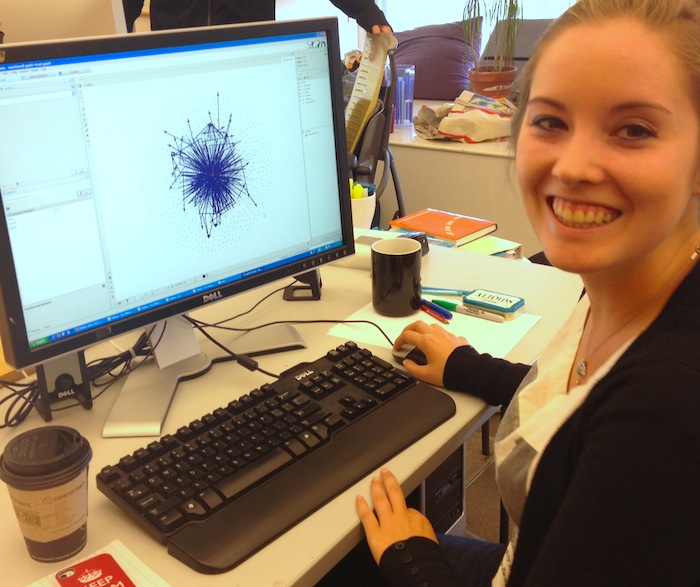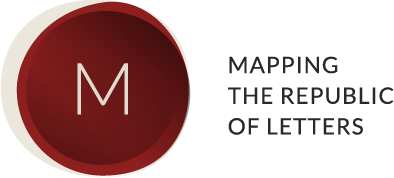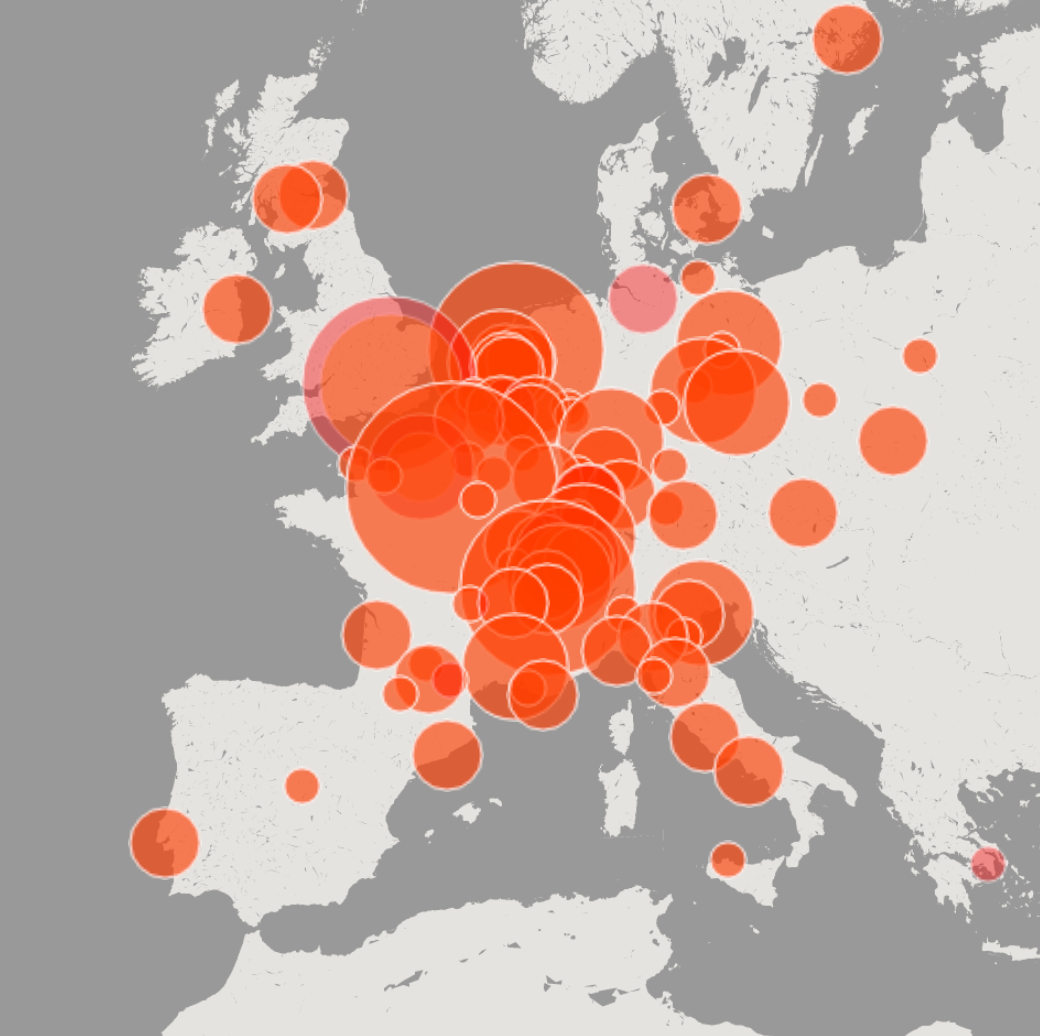
- Lead: Marcelo Aranda
Advisor: Paula Findlen
This project is a prosopographical study of Spanish scientists from the seventeenth and eighteenth centuries to visualize larger trends in the production and circulation of scientific knowledge in the Spanish Empire. The source for this project is the Spanish Scientist Database compiled using information from the Diccionario Historico de la ciencia moderna en España. The book covers those involved in Spanish science from the late medieval period up to the 1970’s. The database focuses on scientists from the seventeenth and eighteenth centuries, with its start and end dates being 1600 and 1810. Anyone who was active between those years was included in the database, which yielded a set of 360 individuals. While this is not a large number of records, within each record there are eighteen fields, allowing for the comprehensive analysis of a small number of individuals, or a broader analysis of different factors.
Among the factors analyzed have been changing research preferences in different times and locales, the role of organizational and personal networks in scientific research, and the circulation of scientific knowledge through individuals. During this period there are changes in who engages in particular areas of scientific inquiry. For example, Jesuits dominated the mathematical and geographical sciences in the seventeenth century, but naval officers took that position in the eighteenth century. The database allows an analysis of these changes in the Spanish scientific network, a shift from a primarily Catholic network oriented around Rome, Madrid, and the overseas Jesuit missions, to one based around academies in Cadiz, Madrid, Paris and London using scientific expeditions to gather data.
Brief History
The database has been constructed in stages. The first stage included both identifying and entering basic biographical data on each individual, such as dates and places of birth and death, as well as scientific fields and areas of study. The database was constructed with Bento, a simplified version of Filemaker for Mac OS X. The second stage of the database's development, has incorporated organizational affiliation, known associates, education, other known locations, and approximate dates of scientific activity. The third stage of data entry will include bibliographic data on any known manuscripts and publications authored by a scientist.
Unlike other Republic of Letters projects which have focused on correspondence, the Intellectual Map is interested in people and their interactions with each other and with organizations throughout the Spanish Empire. As a result the connections that we study are broadly defined and can include membership in an organization such as the Society of Jesus, participation in a scientific expedition, or more personal relationships such those between a student and teacher, or a father and son.
Early in the process of the creation of the database some of our initial results were presented at the Mapping the Republic of Letters conference at the Fondazione Giorgio Cini in Venice, Italy. The presentation below has the images from that presentation along with some of the early visualizations of networks from the Spanish Scientist database. We will also include some of the more recent visualizations that have been created for our project.
Related

Humanities+Design
Visit the laboratory web site to learn more about the visualizations.



















